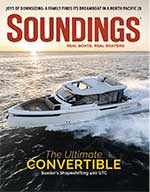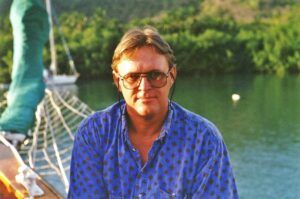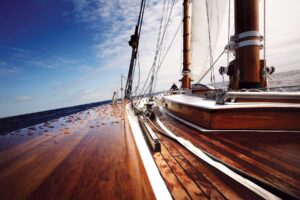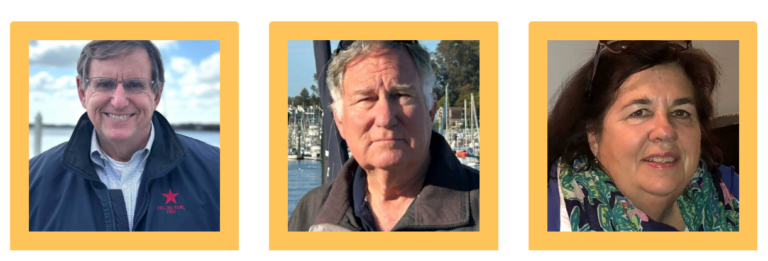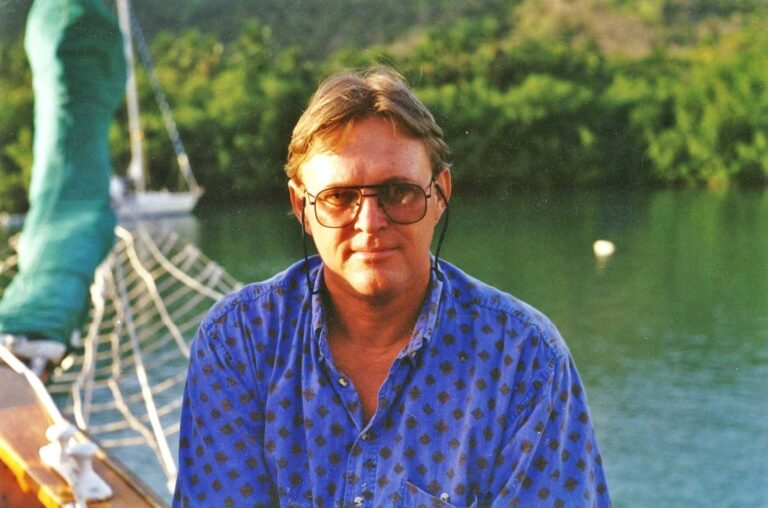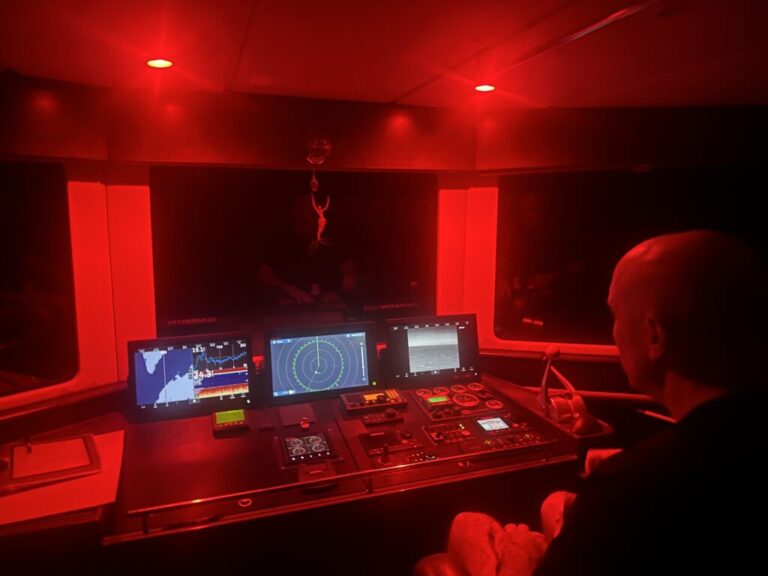Bareboat charter pioneer remembered
Bareboat charter pioneer remembered
Jack Van Ost, a New Jersey dentist, father of eight and pioneer in yacht chartering, has died in Sun City Center, Fla., at the age of 83.
Van Ost, founder of Caribbean Sailing Yachts, opened one of the first Caribbean charter bases, operating first out of Red Hook, USVI, then Tortola, BVI a year later. CSY started its first winter charter season in 1967 with 16 Chris-Craft Capri 30s. At its height in 1981, the company was chartering 186 sailboats from bases in the Florida Keys, Roatan in Honduras, the Bahamas, Tortola and St. Vincent in the Grenadines. He introduced many innovations now common in yacht chartering: standardized and easy-to-maintain fleets, boats designed for charter, provisioning, owner lease-back programs, a sailing school, a manual to familiarize customers with boat systems and cruising grounds, and a system for qualifying clients to charter a boat.
“He was the father of the bareboat industry,” says Butch Ulmer, president of Ulmer Sails, of City Island, N.Y., who supplied most of CSY’s sails. “He was the guy who started it all. It was his vision.”
Van Ost conceived the idea of a charter fleet made up of identical boats — uniformly maintained and equipped and operated from a base with a marina (and later a small hotel) — after a particularly memorable Bahamas charter with friend Bob Gibson, says Van Ost’s son, Robert, of Tampa, Fla. The friends often had cruised with their wives on Gibson’s boat in New England and wanted to go somewhere different — a new adventure, so they chartered in the Bahamas.
“They had the vacation of a lifetime, but everything that could go wrong, did,” Robert Van Ost said. They chartered a 30-foot Pearson from a private owner in Florida, sailed it across the Gulf Stream, lost their dinghy, tore their sails and hassled with a broken-down engine.
“Jack figured there must be a better way,” said Don Walsh, Van Ost’s Tortola base manager for 10 years and now U.S. representative for German builder Hansey Yachts. Van Ost found 12 Capris sitting in a dealer’s parking lot in Michigan, bought them at a deep discount, added four more from private owners, fitted the boats out in Essex, Conn., chartered them there for a summer, then moved them to St. Thomas.
“A lot of the people I talked to thought he was nuts,” Ulmer said, but Van Ost was firmly convinced he could make his vision for chartering a reality.
Operating out of a big house in Tenafly, N.J., Van Ost continued to practice dentistry on the first floor for many years while staff ran the charter company’s reservations and administrative operations from the basement, and he and his family lived on the upper floor.
“That place really bustled,” recalled Ulmer, a good friend of Van Ost’s. “I’d go over to his office in Tenafly, and he’d have someone’s mouth full of cotton and he’d be drilling.” Van Ost would keep right on drilling while he talked charter business with Ulmer.
Ulmer said Van Ost was extremely direct — downright blunt — in his business dealings. He was scrupulously honest, Ullmer says. “Too honest for his own good sometimes.”
Walsh tells of one charter that ran afoul of the law because the charterers turned out to be drug smugglers. Cuban authorities stopped, boarded and seized the CSY vessel — along with a load of marijuana — off the Isle of Pines, and never gave the boat back to CSY. Van Ost continued to pay the boat’s owner charter fees for the last seven years of his charter lease-back contract, and after the contract ran out paid the owner the full purchase price of the boat.
“His word was as good as any contract,” Walsh said.
Walsh said there was just one other charter fleet, Dick Avery’s Boathouse with its handful of Pearsons, in the Virgin Islands when Van Ost introduced his Capris.
“The BVI was undiscovered then,” Ulmer said.
Van Ost, a tireless and creative promoter, tried to change that. In fall 1966, Robert and his parents chartered a 22-foot sailboat to cruise the Virgins and take soundings, notes and photographs. Within a year of opening the charter base, Van Ost had authored the “Yachtsman’s Guide to the Virgin Islands,” the first guide to the Virgins and one of five books on cruising he wrote, including one on how to buy a boat.
Van Ost’s early charter advertising was directed mainly at New England boaters. He ran ads with the waters of the Virgin Islands superimposed over Long Island Sound to demonstrate that it was easy to cruise the islands: The distances between destinations in the Virgins weren’t a whole lot different from those on the Sound.
By 1969 Van Ost had come to realize that he needed a boat designed specifically for cruising. Working with designer Alan Gurney, he developed the Carib 41, a design with a fore-and-aft stateroom separated by a huge center cockpit, which gave privacy to two couples or a couple and their family at both ends of the boat and a common area — the cockpit — in the middle for socializing. The layout is common today, but it was a “first” in 1969. That year, Van Ost went to the New York Boat Show with the first charter lease-back program in the industry, for his Carib 41. A private owner could buy the boat, put it in charter as a business, receive monthly payments, get a tax break and use the boat for a month or so every year.
In 1976 Van Ost and his team designed with Peter Schmitt the CSY 44, a boat Van Ost wanted to be the ultimate cruising boat — tough, fast, comfortable, seaworthy — the culmination of all he’d learned about the demands of cruising. Thirty years later it still is considered one of the great cruising boats, but the design led to a decision that would ultimately sink CSY. Unable to find a builder who could produce a boat of sufficient quality at the price he wanted, Van Ost decided to build the boat himself in Tampa.
CSY quickly became the sixth-largest sailboat builder in the country, building 400 boats from 1977-’81, but Robert Van Ost said a one-two punch of 20-percent interest rates and a half-million-dollar deficit at the outset of the venture dogged it to the end. When Van Ost decided not to use an existing builder to construct the 44 and build it himself, he felt obliged to give back all the deposits he had taken on the 44s, some $500,000 altogether.
Walsh said, too, “We were a bunch of sailors building boats. We needed more bean counters. We sold the first 70 boats for $68,000 [apiece] and they cost $73,000 to build.”
CSY Yacht Corp. sucked so much money out of the charter business that it never recovered, Robert Van Ost said. The building operation closed in 1981, and 10 years later the charter company closed, handing over its remaining bookings to The Moorings, he said.
John “Jack” Van Ost was born in 1923 in Hackensack, N.J., the son of the late John William and Katherine Romeyn Van Ost. He served as a captain in the U.S. Army in World War II and earned a DDS in general dentistry from the University of Minnesota in 1944. He served on the board of education in Tenafly and as an elder in the Presbyterian Church there, and taught on the dental faculty at FairleighDickinsonUniversity. Van Ost remained active in his retirement and was named volunteer of the year for starting an accelerated reading program and organizing volunteers to teach English as a second language to elementary school children in Wimauma, Fla. His wife, Jane Helen, died before he did.
Van Ost left his mark on both boating and people in boating.
“He was an innovator,” Ulmer said. “It was a great privilege to know Jack and do business with him.”

